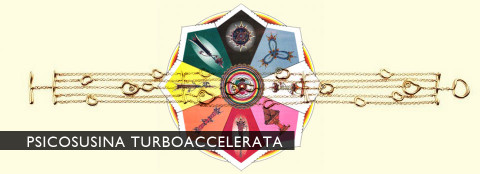the music
The close entwining of writing and improvisation, the extensive use of technology, hallucinated sounds, the unexpected lyricism, heated dancing and icy impromptus are just some of the features that outline the group’s personality.
Psychoplum is an electro-acoustic concert for three instrumentalists, video and live-electronics, whose score allows the possibility of collaborating with different types of artists (actors, improvisers, performers, video-makers, etc.).
The trio uses a wide variety of flutes (recorder and bass, soprano and ethnic flutes), a small percussion orchestra (digital controllers, marimba, vibraphone, glockenspiel, and myriads of objects, drums, membranes, cymbals), a number of electronic keyboards, an electric piano, and live-electronics.
This work plays with the linguistic debris of diverse acquired traditions, with a sense of mockery but also the subtle vein of bitterness of those who, in Old Europe, feel deprived of a tradition that links them to the past and projects them into the future. What remains is the present, a cynical and violent present populated by adventurers driven by their unstable illusions.
The musicians seem to dance in a sea of instruments. The sonorities range from spare three-voice counterpoints to great orchestral swells. Anything can happen because everything is a game. The word “cross-influence” is inadequate. Here, the genres do not blend at all. Rather, their juxtaposition clashes or, in other cases, is simply ridiculous. The sense of musical discourse is found elsewhere and it is the shared detachment of the musicians that reveals it: the scene is that of a circle of hell or an amusement park. At times the subterranean connecting theme reappears, made of lean elements, elementary sounds and subdued melodies. They are glimpsed, then disappear. It is the faint voice of the flute, a subtle ring of the cymbalon and a few notes of the electric piano. Talk is useless, it is better to play.



